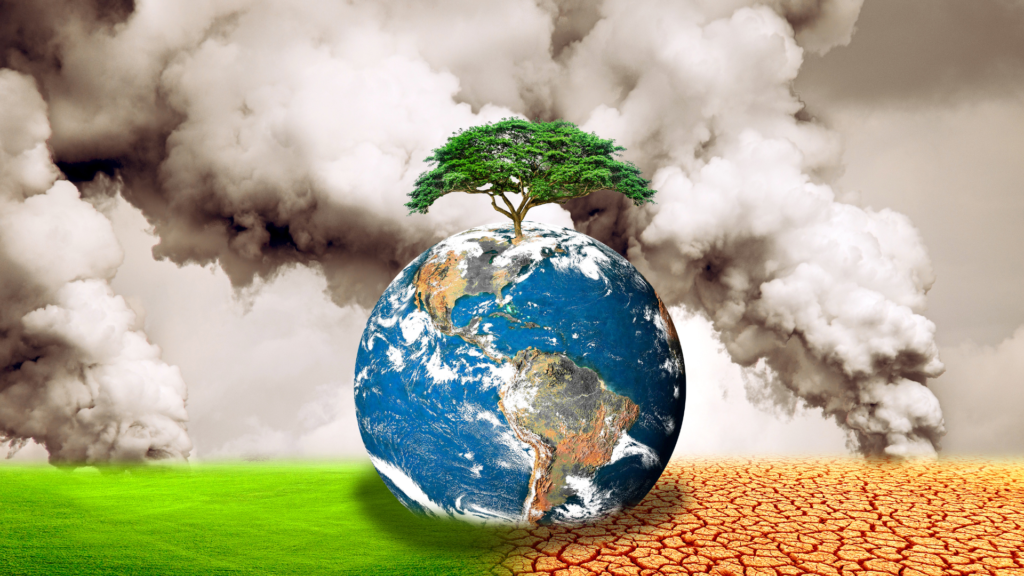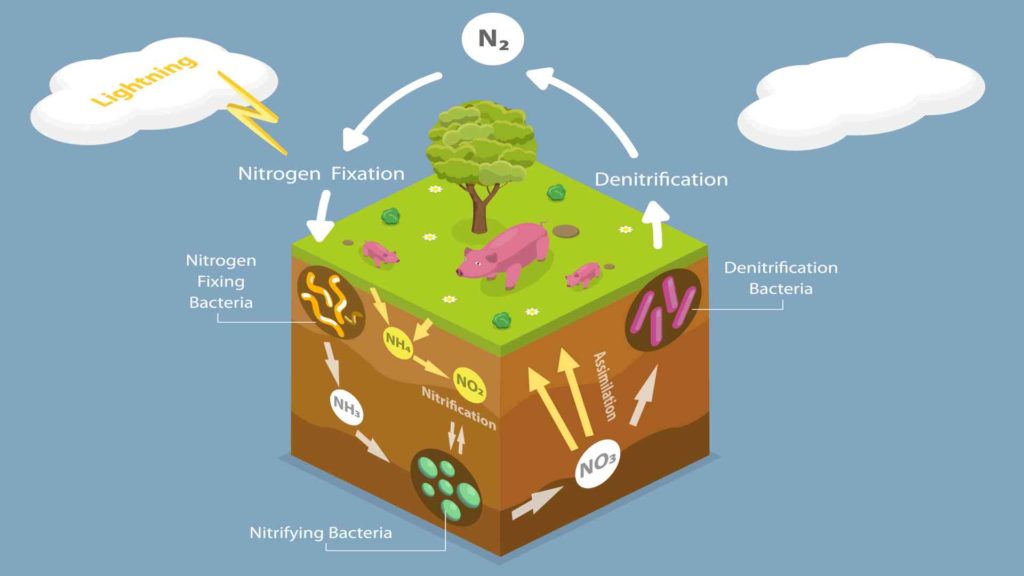Boron and Decarbonization
Decarbonization and Boron is a topic often discussed in the context of global warming. But what roles can Boron play, and what applications make a difference today? In this introduction to Boron and Decarbonization, we look at several areas, including agriculture, automotive, construction, and smart cities

What is Decarbonization and Low Carbon?
Decarbonization is reducing the amount or concentration of carbon in some substance. This can be done by removing all traces, forms, and quantities from a gas, liquid or solid mixture derived solely from fossil fuels such as coal oil natural gas.
Decarbonization may also refer to either decarboxylation (removing CO2 molecules) when converting organic substances into other materials like plastics through combustion with oxygen; alternatively, it could mean the removal of any form of C-containing impurity so, for example, “oxygen-free” steel would have been subjected to vacuum treatment before being exposed directly to air again.
Decarbonization is also known as “carbon sequestration.” This practice aims to reduce emissions released into our atmosphere and, by extension, help in combating climate change. By reducing greenhouse gases around us, we will be able to slow down global warming effects worldwide.
Low carbon simply means less carbon dioxide (CO2). Carbon dioxide is an essential greenhouse gas that drives global climate change. It is released through lots of different types of activities, such as deforestation, burning fossil fuels, and volcanic eruptions. Therefore, by lowering the amount of CO2 we produce, we are kinder to our planet.
We are already seeing the effects of climate change – with rising sea levels, melting ice, and higher temperatures worldwide. This will negatively affect our weather and environment, which will significantly impact our way of living.
Industries Where Boron Plays a Role
Agriculture
Boron plays two vital roles within agriculture: It can help improve how crops are grown, producing more yield per acre while enhancing their quality through better nutrient uptake. Boron is a non-metallic element that has many uses in the world.
Boron may be used as an additive to plants to regulate plant development. It also assists with calcium absorption by plants, which helps them grow stronger roots.
Green Construction
Boron is a crucial element in the green construction industry. Boron helps promote sustainable building practices and can be found within insulation, cement-based paint, concrete pipes, or various other products that help make the environment more livable for all life forms on Earth.
SSCC has recently been successful at an experiment on the properties of Boron and how it can improve green construction projects, specifically with fire-resistant insulation products like spray foam or XPS panels used to insulate buildings’ walls for energy efficiency.
Smart Cities
Boron is an integral part of developing a flourishing “Smart” city because it improves energy efficiency by compressing electricity usage while also reducing the cost necessary for installing/maintaining expensive ‘smart’ grids.
Boron’s added advantage over other materials includes increased security as ‘boron inside” sensors can gather more accurate information about what’s happening around them than traditional cameras or motion detectors.
Automobiles
Several car model manufacturers are turning to a new element in the production of cars. Boron is used for many things, from providing hardness to make vehicles safer during an accident to producing durable plastics that increase strength without adding weight.
The use and importance of Boron have been increasingly employed by vehicle engineers who seek ways to produce more robust yet still lightweight frames on their automobiles with this versatile metal compound as one solution.
Electronics
The world of electronics is undeniably reliant on Boron. It’s used in everything from manufacturing to production and even as a component for semiconductors themselves. Boron makes up over one hundred million tons of annual global consumption, which leads some people to believe that we’re not making any progress at all with resource management!
Boron is used in optical fiber production. Optical fibers allow data transmission at faster speeds than copper cables! Next are semiconductors (for radios). When you crank your tunes out via radio waves or other wireless methods like Bluetooth earbuds, those signals start with silicon microchips containing tiny amounts of Beryllium Oxide mixed into their formulations to make them more conductive reduce costs.




